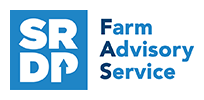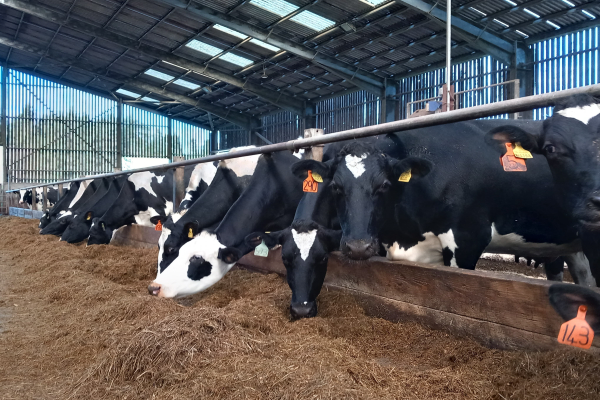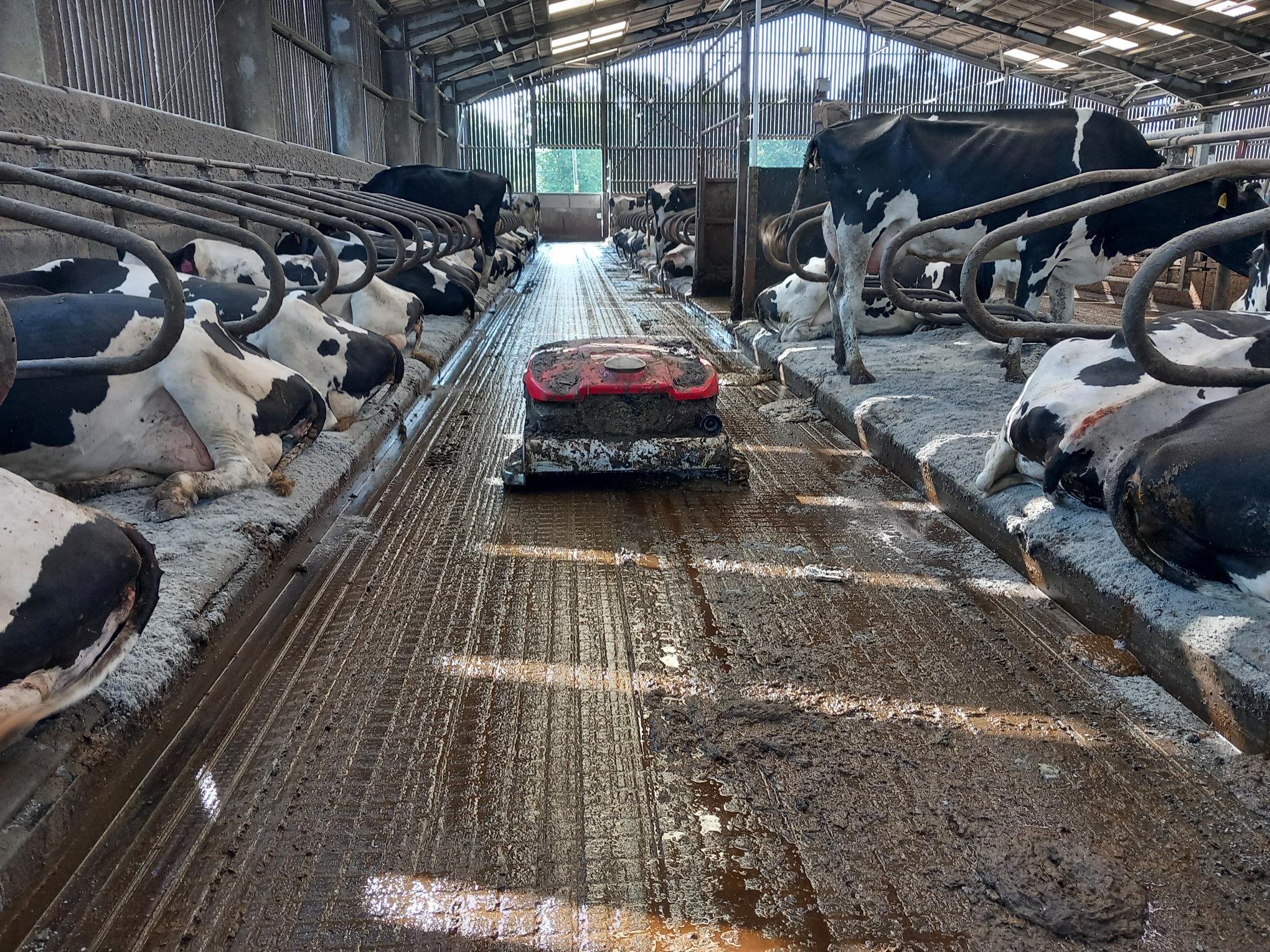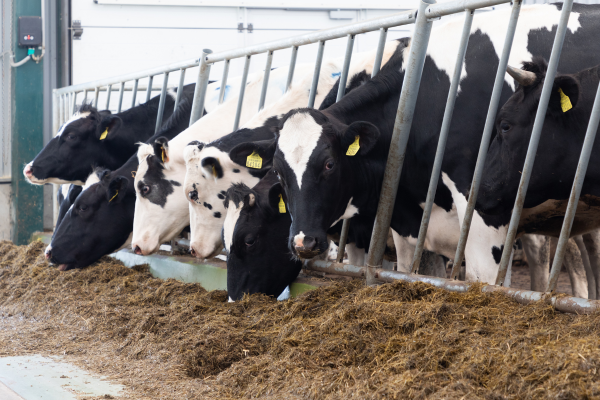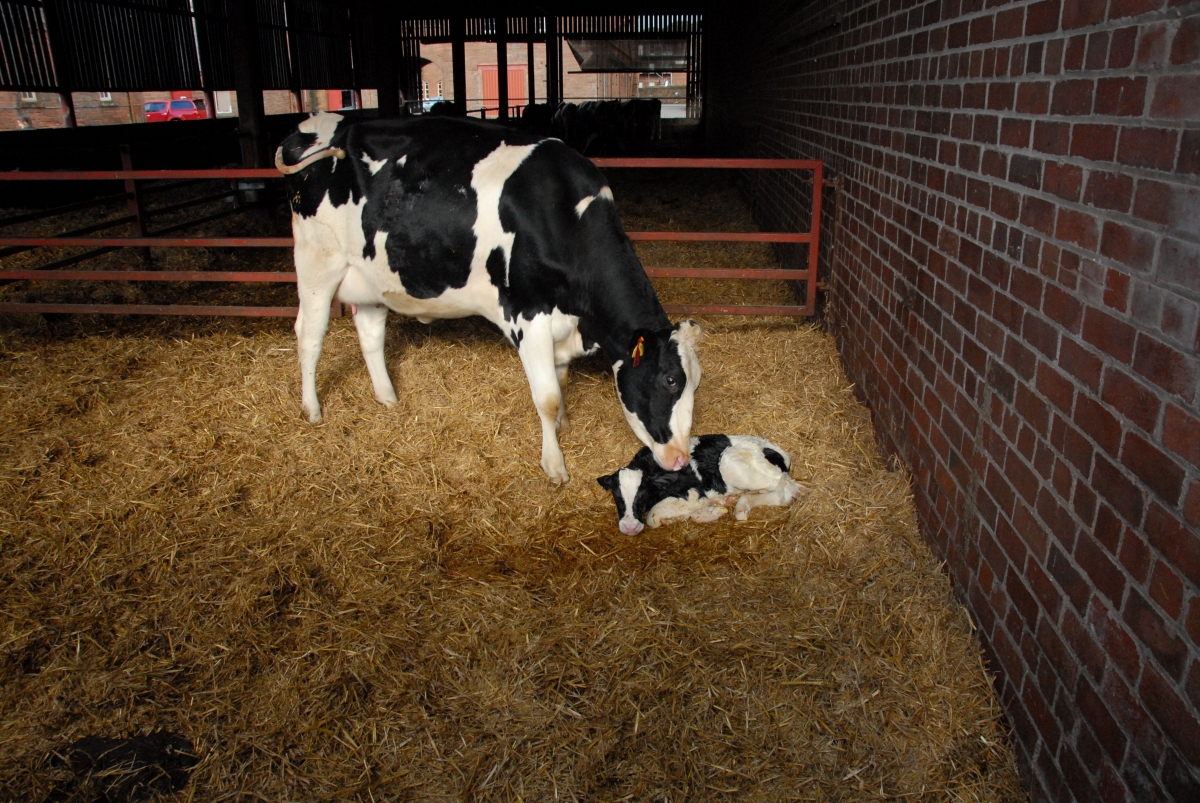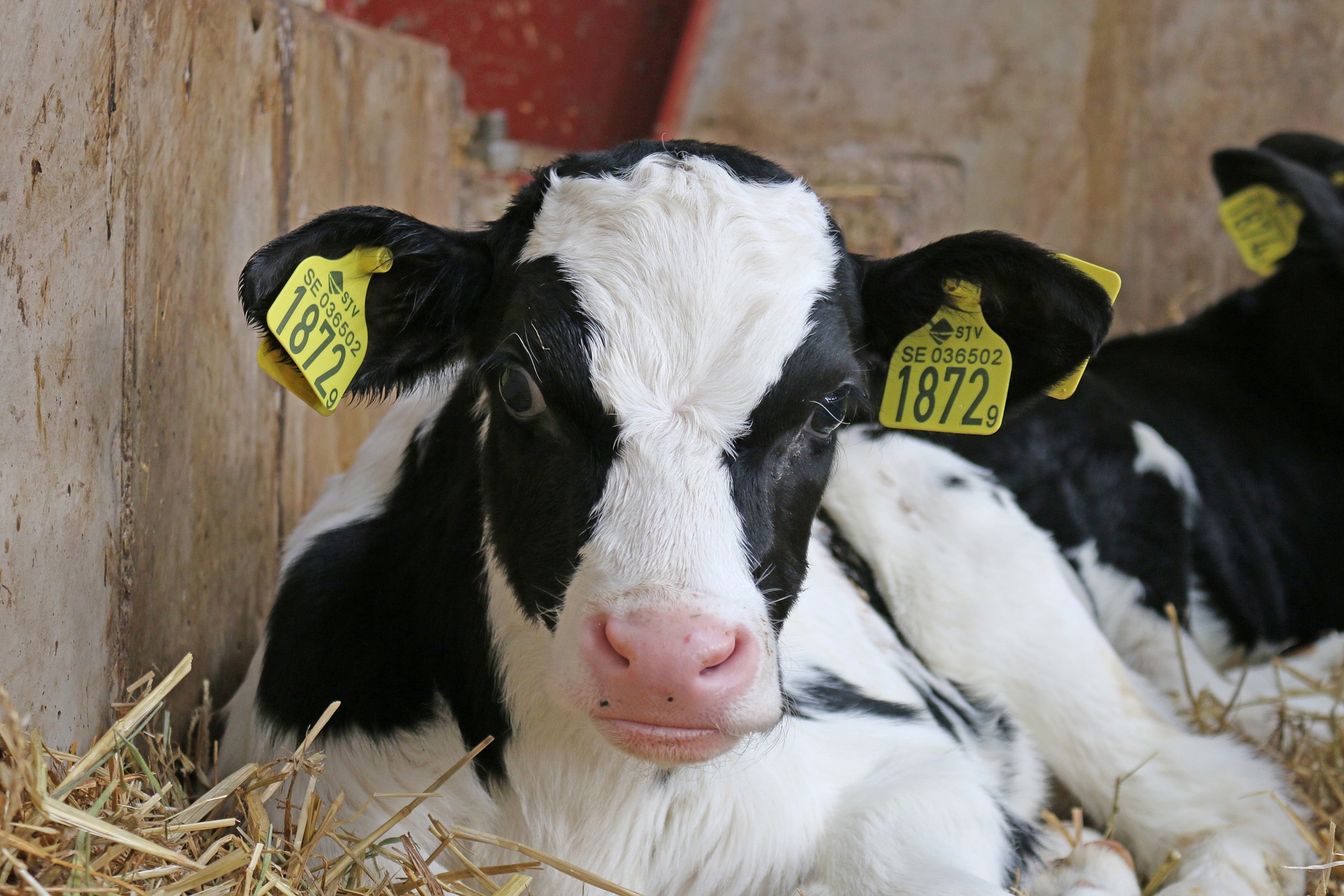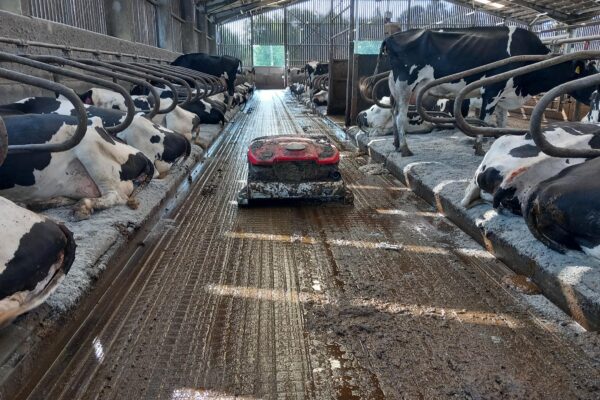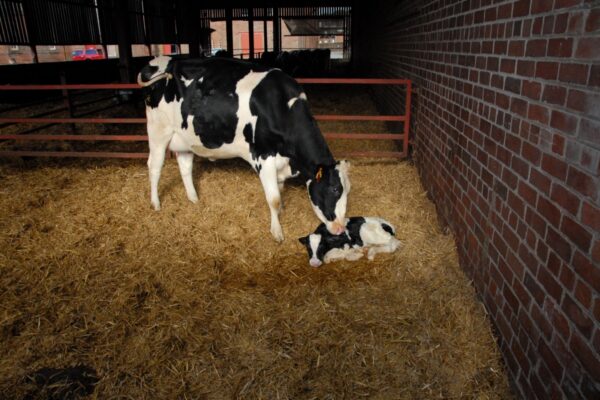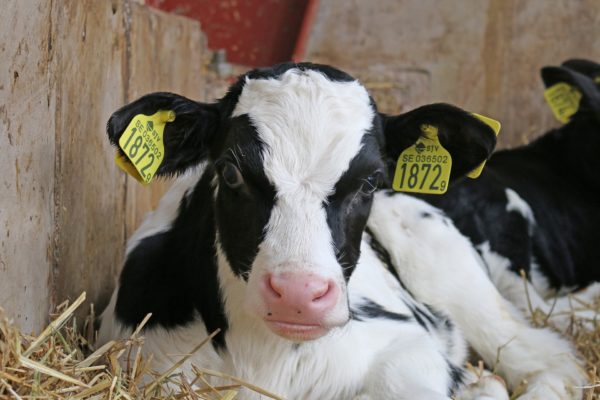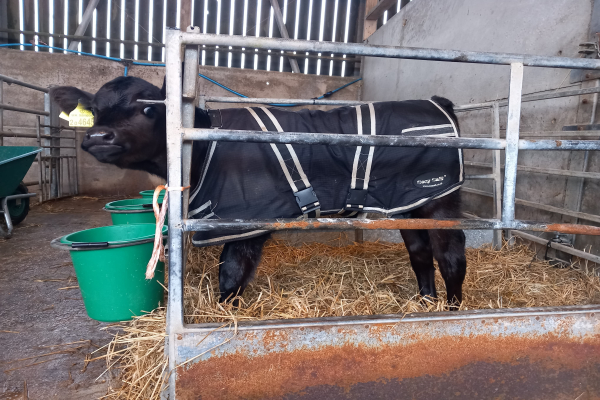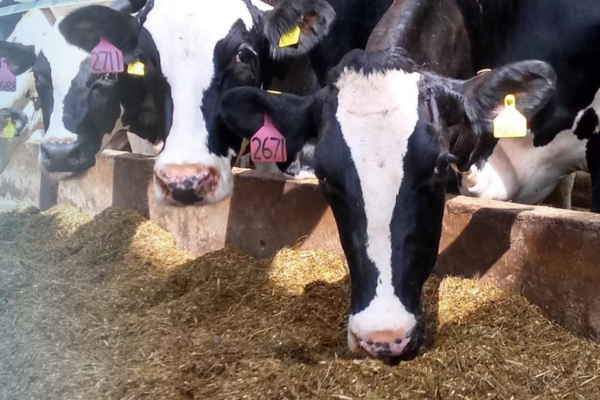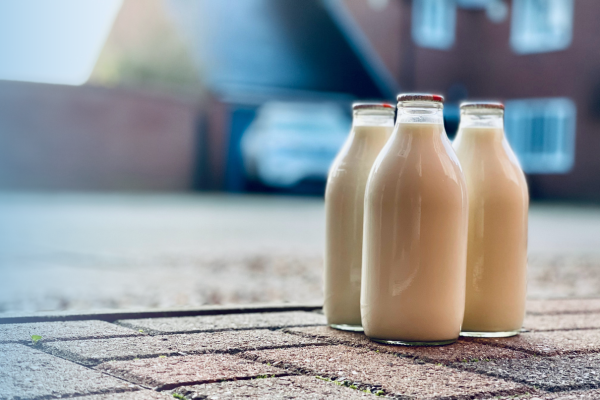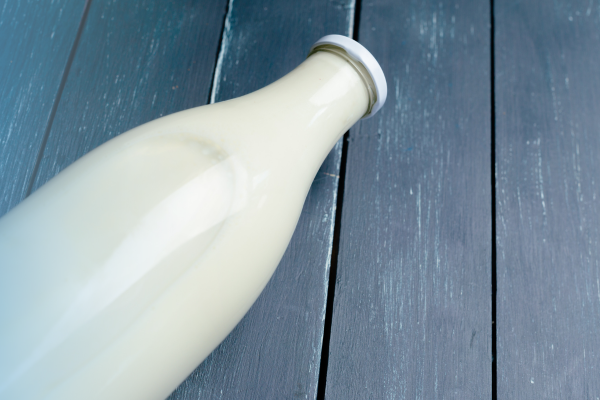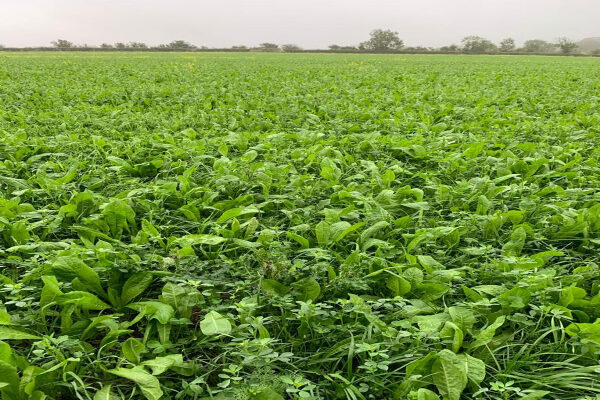Forage Budgeting Guide for the Dairy Herd
13 August 2025Introduction
Forage budgeting is a useful management tool to plan feed stocks ahead for the coming year. It should be carried out six to eight weeks after all forages have been made for the season, allowing time for them to ferment and stabilise prior to sampling for analysis. As well as identifying any shortfalls, it allows different forages to be allocated to different classes of stock based on their nutritional value. If there is a shortage of forage in relation to requirements, taking early action to secure extra feed supplies will reduce the risk of having to make major dietary changes later on, which can potentially lead to a drop in performance.
What do you need to do a forage budget?
Firstly, all forages must be analysed so that their dry matter (DM) is known. The nutritional value is also useful to know so that the best quality forages can be kept for the milking herd.
Secondly, you need to know how much forage DM will be fed to each class of stock. You can base this on the previous year’s rations, but it will be more accurate to get your nutritionist to advise on the forage dry matter intake (DMI) for all stock on the farm. While overall DMI can be calculated based on a percentage of body weight (see table 1), levels of concentrate feeding must be taken into account, and this will depend on the forage quality and the desired level of performance (e.g. milk yield or growth rate), so rations for the herd are best formulated in advance.
Thirdly, numbers of all stock on the farm must be known to calculate the forage demand for a given length of feeding period. The forage demand for each of the different livestock groups (milking cows, dry cows and youngstock) can be calculated from the following:
Number of stock × forage DMI (kg DM/day) × days feeding = demand (kg)
Remember to add a safety margin in case of a longer winter and account for wastage as well as carryover stock if desired (e.g. 10-15%).
Table 1. Total DMI as a percentage of body weight.
| Class of dairy stock | Average weight (kg) | DMI (% body weight) | DMI (kg) |
|---|---|---|---|
| Milking cows | 19.7-22.75 | ||
| Dry cows | 11.9-14 | ||
| Calves (<6 months) | 3.3 | ||
| Young heifers (6 months to post-service) | 7.5 | ||
| In-calf heifers (15 months to pre-calving) | 10 |
Calculating clamp silage stocks
There can be a big difference in the available DM in a silage clamp. The clamp may appear to be as full as it was last year, but if the silage is wetter, i.e. 25% DM as opposed to 32% last year, then with 1000T of silage fresh weight, there is actually 70T less DM. This is the equivalent of 29 days less silage for 200 milking cows when fed at 12kg DM/cow/day.
In order to calculate the tonnes of DM in a clamp, the length, breadth and height of the silage must be measured. The height and the DM of the silage will influence the density, i.e. how many kgs of silage are contained in 1m3.
Volume of silage in clamp (m3) = length x breadth x height (in metres)
If there is a sloping ramp its volume will also need to be taken into account. Measure the length and width of the ramp and work out its volume based on the height of the highest part of the ramp. Then divide the volume by two and add this onto the non-ramped clamp volume.
Tonnes of silage in clamp (fresh weight) = volume x density
A guide on silage density based on the DM and clamp height is shown below:
Table 2. Silage density guide in kg/m3
| Silage dry matter (%) | Clamp height (m) | |||
|---|---|---|---|---|
| 3 | 4 | |||
| 20 | 890 | 950 | ||
| 25 | 775 | 830 | ||
| 30 | 690 | 740 | ||
| 35 | 625 | 670 | ||
| 40 | 570 | 610 | ||
Source: AHDB
The densities of grass silage, wholecrop cereals and maize silage are fairly similar and the above figures can also be used for cereal silages. Bulk densities are a guide and will also vary with how well the silage is compacted, chop length and fibre content.
Example calculation:
A clamp is 40m long by 20m wide by 2.5m high, with silage at 25% DM.
Therefore, from the above table, the density = 730kg/m3. The ramp length is 8m long (which is included in the total 40m length of the silage in the clamp).
Volume of silage in clamp (excluding ramp) = (40-8) x 20 x 2.5 = 1600m3.
Volume of silage in ramped area = (8 x 20 x 2.5) / 2 = 200m3
Total volume of silage in clamp = 1600 + 200 = 1800m3.
Tonnes of fresh weight = 1800 x 730 = 1,314,000kg or 1,314T.
Tonnes of DM = 1,314T x (25/100) = 328.5T.
One thing to note is that the silage in the ramped area will have a lower silage density, being on average of lower height than the main bulk of the clamp and will also be less compacted. Therefore the tonnage of silage in the ramp will be slightly overestimated.
Calculating baled silage stocks
This can be worked out by weighing a number of bales (minimum five) to get an average bale weight (kg). They can be weighed either by using calibrated weigh bars, the feed wagon or at a local weighbridge.
When getting the bales analysed, as a minimum take a sample from two bales per stack/or cut (or even field if quality thought to be different), then calculate the fresh and DM available as follows:
Tonnes of fresh weight = (number of bales x bale weight in kg) / 1000
Tonnes of DM = (tonnes of fresh weight x DM%) / 100
It is advisable to review the forage budget throughout the winter to see whether the usage of stocks and remaining stocks is as expected. The same principles can also be applied to other feeds grown on the farm, such as straw and barley.
Dealing with a forage shortfall
If forage stocks are short of requirements, it is best to act sooner rather than later and secure extra feed supplies in the early part of the winter when availability is likely to be better. Consider the following options:
- Discuss alternative feed options with your nutritionist and feed supplier (e.g. moist distillery by-products such as draff or brewers grains). Distillery by-products are high in energy and can also help lower protein supplementation, typically providing a cost saving. Vegetable waste, such as potatoes and carrots, is also a good option. Check that a regular supply is available and that you can store sufficient product to cover a shutdown period (i.e. Christmas/New Year). Other options to spin out forage stocks include feeding more concentrates, which should likely give a yield response in milking cows, helping cover the additional cost.
- Reduce silage requirement by adding straw to rations. For example, on a DM basis 1kg straw will replace 3kg of silage at 28% DM. Depending on the amount of straw included and the silage quality, concentrate inclusion will likely have to be increased to ensure protein supply, energy density and therefore animal performance are not compromised. Straw should be well processed (<5cm chop length) so that it is not sorted out of the ration and left as refusals. Use of straw can be considered in rations for milking cows, dry cows and youngstock.
- Purchase in silage – always ask for an analysis before purchasing so you know the quality of forage and whether it is a good buy. This is also important so that rations can be altered accordingly.
- Consider extending the grazing season or outwintering in-calf heifers on later sown forage crops such as stubble turnips or forage rape.
- Rear dairy heifers for longer on straw and concentrates. While this is a more expensive option, heifers can be reared on this system for up to 8 to 9 months of age before transitioning onto a silage-based ration.
- Prioritise stock – the most important animals on the dairy farm are the pre-calvers and high yielders. Aim to keep their diet as consistent as possible throughout the year with minimal changes – again a good reason to take early action on a forage shortage.
- If milking cows are usually housed all year round, could low yielders go out to grass? Cows yielding less than 25 litres should suffice on grass and parlour cake.
- Dry off late lactation, over-conditioned cows early and put them on a higher straw-based maintenance ration to conserve silage stocks for the milking herd. Alternatively, dry cows could go out to grass for the early part of the dry period, before being housed for the last three weeks before calving.
- Sell surplus heifers and/or look at whether heifers could be reared off the farm by a contract rearer.
- Sell dairy-beef cattle earlier, rather than taking them through to finish. If the calf shed is tightly stocked, look to sell the dairy-beef calves as soon as possible to relieve pressure in the calf shed. The environment will improve, and the dairy heifers will likely perform better with lower disease risk.
- Cull poorer performing cows to reduce forage demand - be more strict culling repeat breeders and those with recurring mastitis infections in the same quarter.
Manage current forage stocks well!
If forage supplies on the farm are tight, you want to be able to keep what you have in the best condition and minimise waste. Therefore, good clamp management will help to reduce dry matter losses and waste with the following tips:

- Aim to cross the face quickly to reduce the time that silage is exposed to air (ideally no more than four days, especially in warm weather).
- Use a block cutter to keep a tidy clamp face and reduce air ingress behind the face.
- Minimise waste on top of the clamp by not pulling the plastic cover back too far and keep the front edge weighed down.
- Avoid damage to the plastic cover and repair holes as soon as possible.
- Only remove the required amount of silage for feeding each day. Excess silage cut out and left on the clamp floor for feeding the next day can heat and spoil.
- It is important not to feed spoilt or visibly mouldy silage due to the risk of mycotoxins that can harm health, affect performance and cause abortion in breeding stock.
Further considerations
If feeding milking cows on low forage diets, changes to reduce the forage content should be done very gradually. While forage should ideally make up 40% of the total ration on a DM basis, (e.g. 10kg forage DM for a 25kg DMI), cows can get used to low forage diets, even as low as 8kg. With low forage diets, it is even more important to control the chop length of forages and the DM of the total mixed ration (TMR), to reduce sorting behaviour. Water can be added to dry TMR’s to bring the DM down to 40%. This will minimise the risk of sorting, which is more likely to lead to sub-acute ruminal acidosis and lower milk yield and butterfat percentage.
If substituting some grass silage for maize silage or cereal wholecrop, the protein content of the ration will likely be lower, so concentrate feeding will need to be adjusted. Also, mineral levels tend to be lower in cereal silages compared to grass silage, and so mineral supplementation should also be reviewed, in particular calcium, magnesium and sodium.
Keep a track of tonnes/ha of grass grown for silage each year. If this is less than expected or declining year-on-year, think about potential reasons why. Could there be the following issues that are worth investigating and addressing?
- Soil health – low pH or compaction.
- Not meeting soil nutrient requirements for grass yield and offtakes. In this instance, regular soil and slurry analysis are recommended so that purchased fertiliser grades and application rates are targeted to requirements.
- Age of grass leys and suitability of mixes for cutting.
Summary
Carrying out a forage budget once all forage is made for the season will allow you to plan rations and purchase additional feed requirements early. This will help keep diets as consistent as possible throughout the winter-feeding period and reduce any big dietary changes later on, which may impact on animal performance. It will also help with cost-budgeting, enabling you to buy in bulk and reduce cost volatility with potentially more expensive feed purchases later in the year. There are many steps you can take to reduce the forage demand on the farm and if altering rations significantly, make sure you take nutritional advice to ensure they are properly balanced to meet animal requirements and target performance.
You can create your own forage budget with the FAS Forage Budget Calculator which can be accessed here: https://www.fas.scot/app/
Lorna MacPherson, SAC Consulting
Sign up to the FAS newsletter
Receive updates on news, events and publications from Scotland’s Farm Advisory Service
